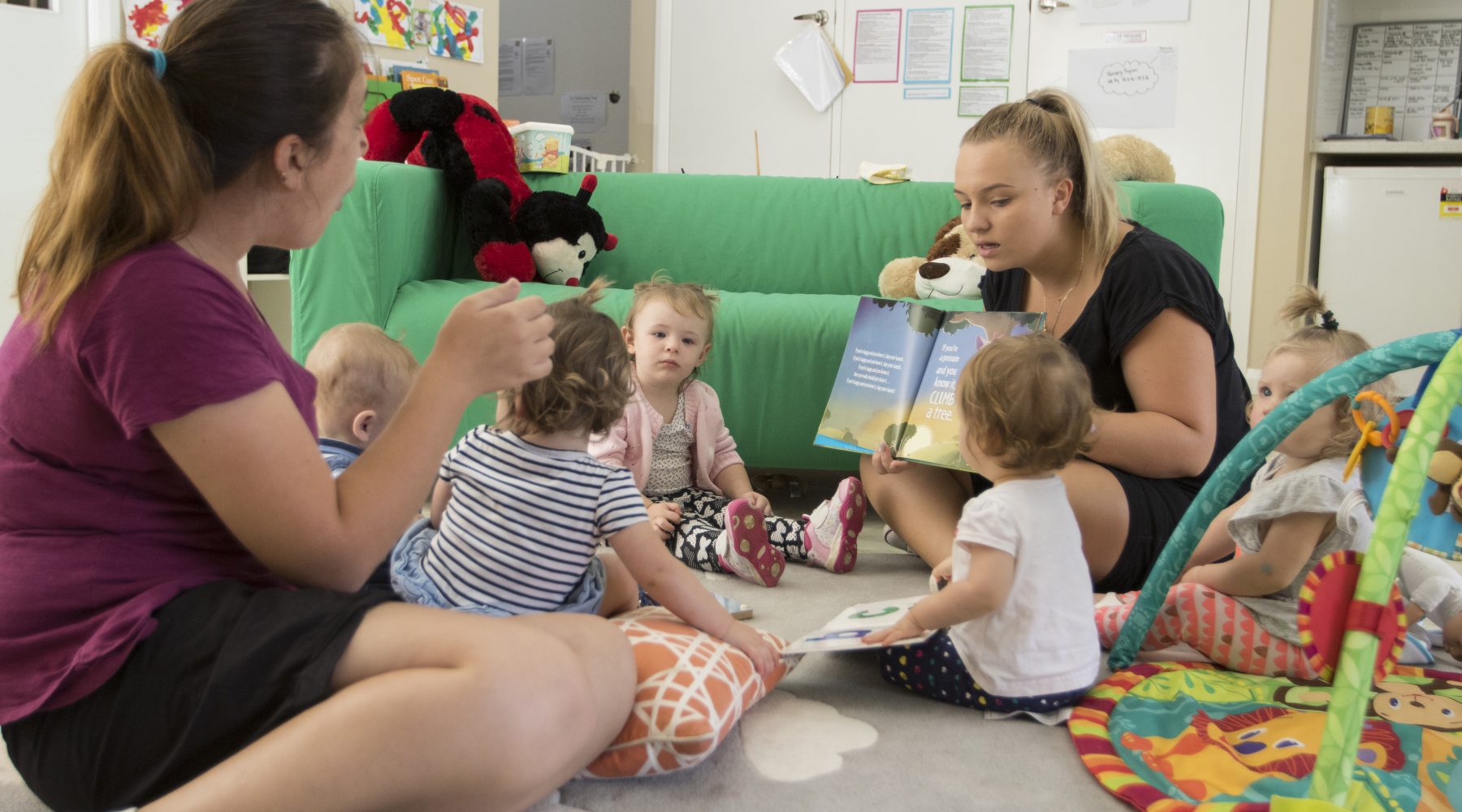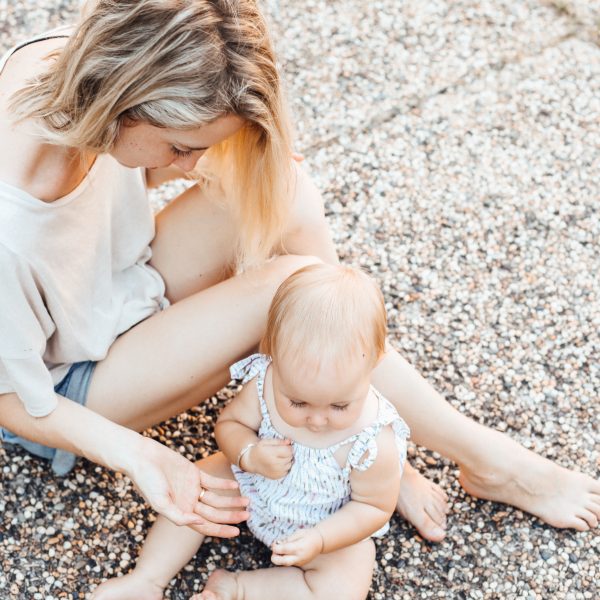Communicating with Babies
opinion
The views expressed by contributors are their own and not the view of The Sector.

As adults we have the social skill, on a good day, to indulge in polite, superficial conversation, initially. But what of a baby; how do they manage greetings, social ‘niceties’ and conversations? Some adults are more comfortable with this level of communication than others, which is governed by experience, personality and even culture.
In some cultures social conversation is direct and to the point, we may even consider it as blunt, but it is the expected means of communication, no wasted words. So what do we model to and teach our babies?
Next time you meet someone with a baby, or if you are someone with the baby, take a moment to think about what we ask of babies when they meet a new or only barely familiar person. Do you smile into the baby’s face at close range and expect them to respond? Think about how we sometimes jiggle or bounce babies or even poke at their face, to illicit a ‘desired’ response. The response adults like to see; that beautiful baby smile, and sometimes we will do anything to get it. Admittedly it is heart melting, but wouldn’t you prefer to see how a baby would respond if they were given the time and space to just be themselves without vigorous prompting?
Next time you communicate with a baby, say hi, and take a moment to allow them to communicate back to you, naturally, not forced. Allow the two way component of the communication to flow, back and forth. Allow the baby to take a moment to just look at you, this alone can be just as powerful as that smile if you allow it to be. As the adult we need to remember what we are asking of babies at the moment when they meet a stranger or barely familiar person. Momentarily check to see if the communication is two way or are we pushing for OUR desired response FROM rather than WITH the baby. Do we want to say hello to this tiny individual, or is it to make them smile, so we feel good?
When you next greet a baby, take the time to say hi in a calm, pleasant way, and then wait … wait for them to respond.
Babies have slower transmission of nerve impulses, which presents as a small lag time when they respond, so just be still and wait.
Once the baby processes the information, then they can genuinely respond. So now, what do you see? Sometimes a baby will look at you quizzically, for a long time and that is perfectly okay, they just don’t have to smile at everyone. Do you look into a baby’s eyes and take the time to gently connect, or do you glance at them and spend the rest of the time trying to make them smile, so you feel satisfied?
Some food for thought for next time you want to ‘connect’ with a baby, because true communication is a two way event.
Popular

Provider
Quality
Practice
Research
AERO’s trajectories can support educators to better understand children’s development
2024-10-15 00:39:28
by Freya Lucas

Quality
Policy
Practice
Asking questions about the use of AI in early childhood education: Creating your AI policy
2024-10-09 00:56:20
by Contributed Content

Policy
Provider
Quality
Victorian services with innovative staff retention ideas encouraged to apply for grants
2024-10-11 10:00:44
by Freya Lucas



















